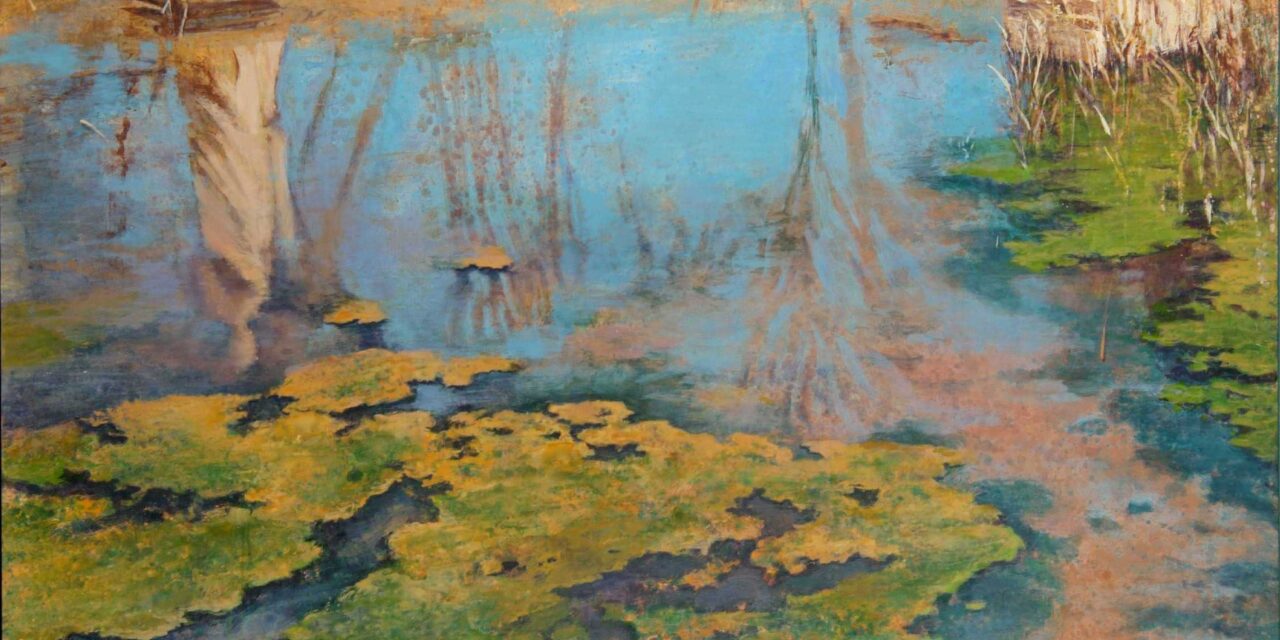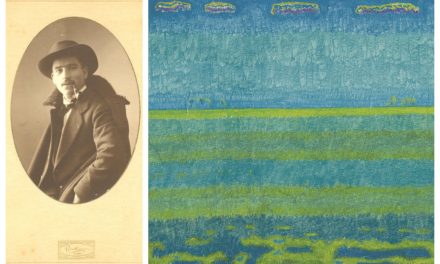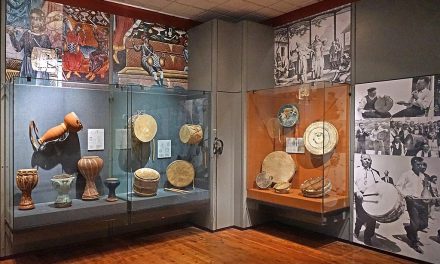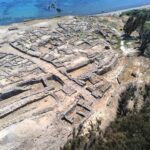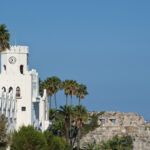Celebrating its 10th anniversary, the Agrinio Art Gallery presents The Place of Light, a meticulously organized exhibition, featuring 45 masterpieces from the prestigious Art Collection of the Hellenic Parliament.
The Agrinio Art Gallery opened in 2013 and is one of the most important cultural institutions of the city. Its permanent collection comprises contemporary art (Yannis Psychopedis, Pavlos Samios, Sotiris Sorogkas, Panayiotis Tetsis, Christos Bokoros, etc). Honoring its mission to consistently promote Greek painting, over the past ten years, it has presented notable group and solo exhibitions. Its artistic director and painter Christos Garoufalis, spoke with Greek News Agenda.
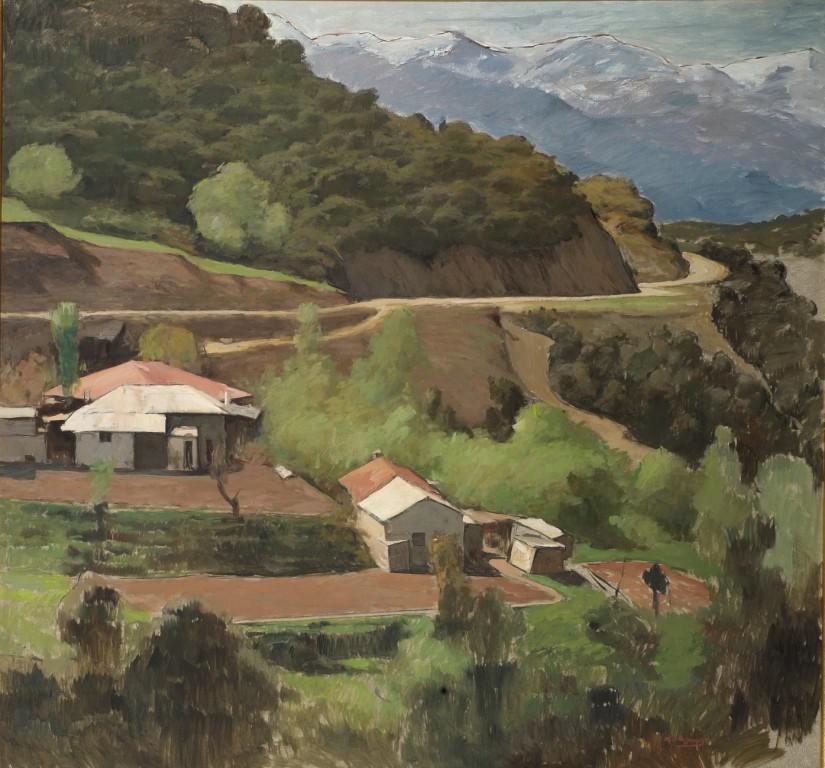
The exhibition, curated by Thodoris Koutsogiannis, epitomizes the gloriousness of the Greek landscape and light. At the same time, it provides a rare opportunity to vividly explore the history of modern Greek art. Emotionally compelling and aesthetically rewarding, the theme of the exhibition transcends time and embraces diverse visual idioms.
As poet and Nobel Prize laureate Odysseus Elytis once said “A landscape is not, as some people perceive it, just a collection of land, plants, and water. It is the projection of people’s soul onto the matter”.
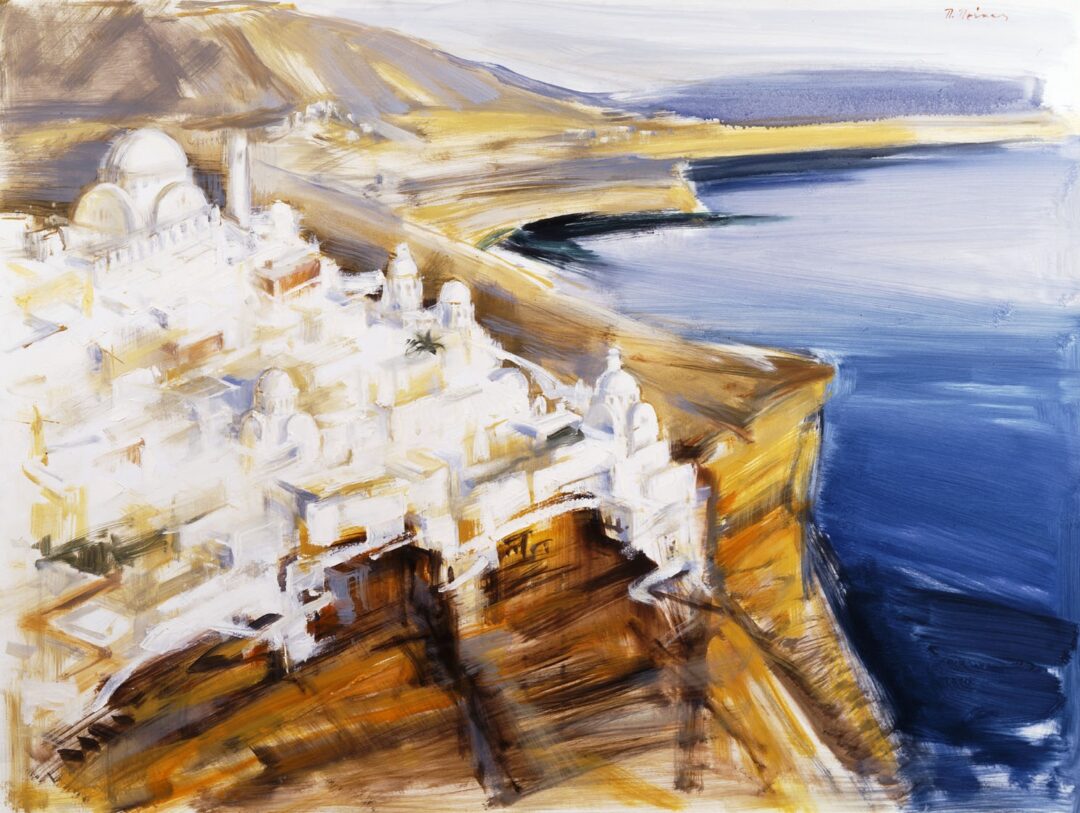
The Greek landscape is inextricably linked to the Greek spirit. The brightness of the Greek light has always played a key role in crafting our collective identity. Landscape painting began to evolve as an autonomous field at the end of the 19th century in Greece, mainly focusing on marine painting (Konstantinos Volanakis, Ioannis Altamouras, Vasileios Chatzis). At the same time, countryside painting begins to gain ground through artworks by Georgios Iakovidis, and Symeon Savvides. Greek landscape painters consciously begin to explore the Mediterranean light and gradually let modernism interact with tradition, producing various Greek versions of the European avant-garde movements of the time.
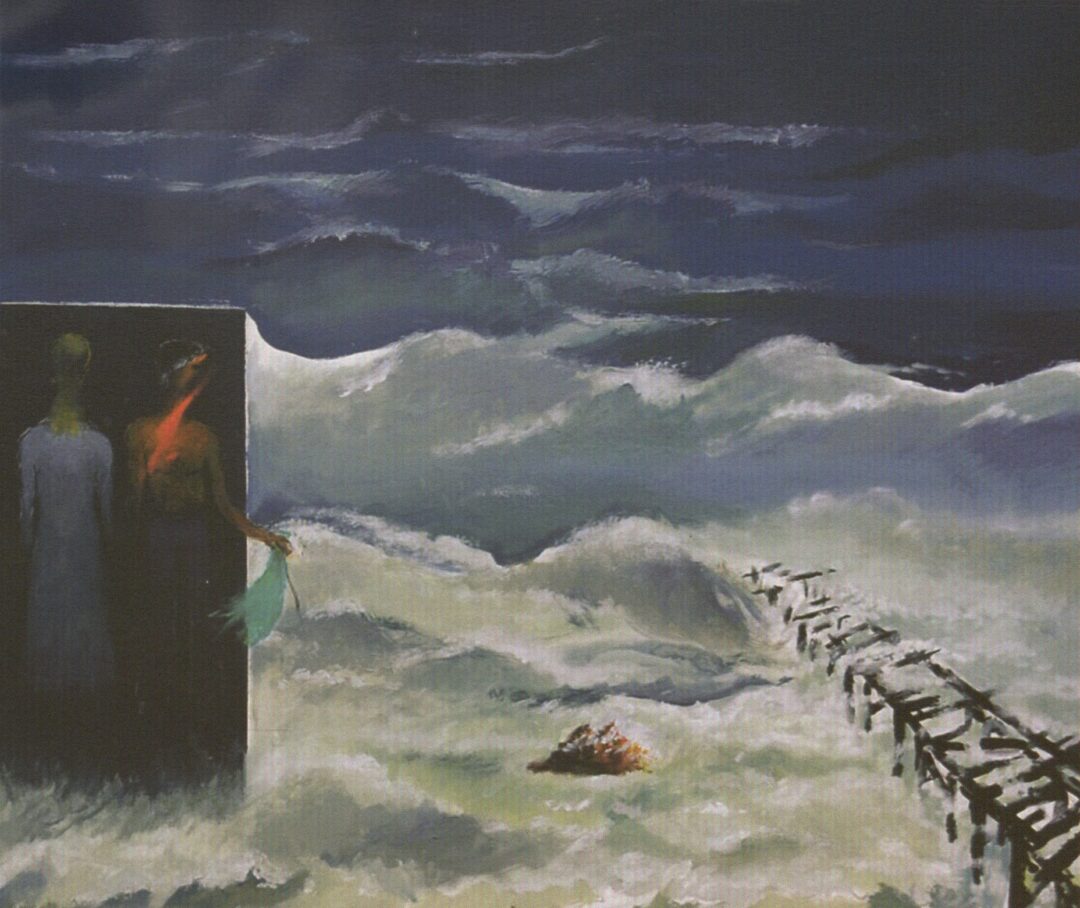
The exhibition covers different chronological periods of Greek landscape painting. “The Greek Land is the basis of the Greek Aesthetics. Thus, the power of the Light, its penetration, the transparency of the air, the clarity of the line is superb” wrote Perikles Giannopoulos in 1903, essentially putting Greek landscape painting into perspective.
Konstantinos Parthenis and Nikolaos Lytras were among the first to embark on this fascinating journey at the beginning of the 20th century followed by Konstantinos Maleas, Spyros Papaloukas and Michalis Economou, in the 20s and 30s. During this period, European modernism is combined with the Eastern legacy and the Byzantine tradition setting the basis for a unique way of depiction of the Greek landscape.
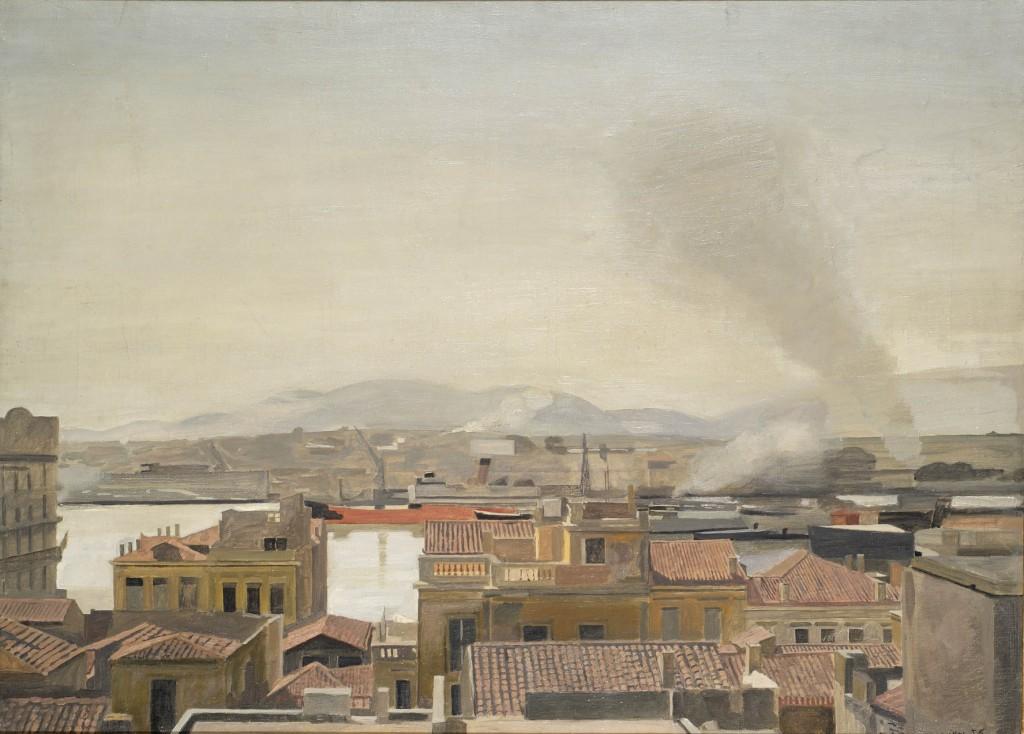
The spirituality of the Greek light becomes a distinctive trait of modern Greek art. This shift as well as the predominance of the form against color is further enhanced by Hadjikyriakos-Ghikas. As pointed out by the painter himself in 1948, “The light is par excellence peculiar. It shapes and it explores objects. It engraves the exact limits between dark and bright on the soil. It tells us the time, during the day, through the angles of the fallen shadows”.
Yannis Tsarouchis, creatively blending Greek tradition with modern aesthetics, depicts the Greek light in a mild, almost metaphysical way. Until the 60s representational art is still dominant.
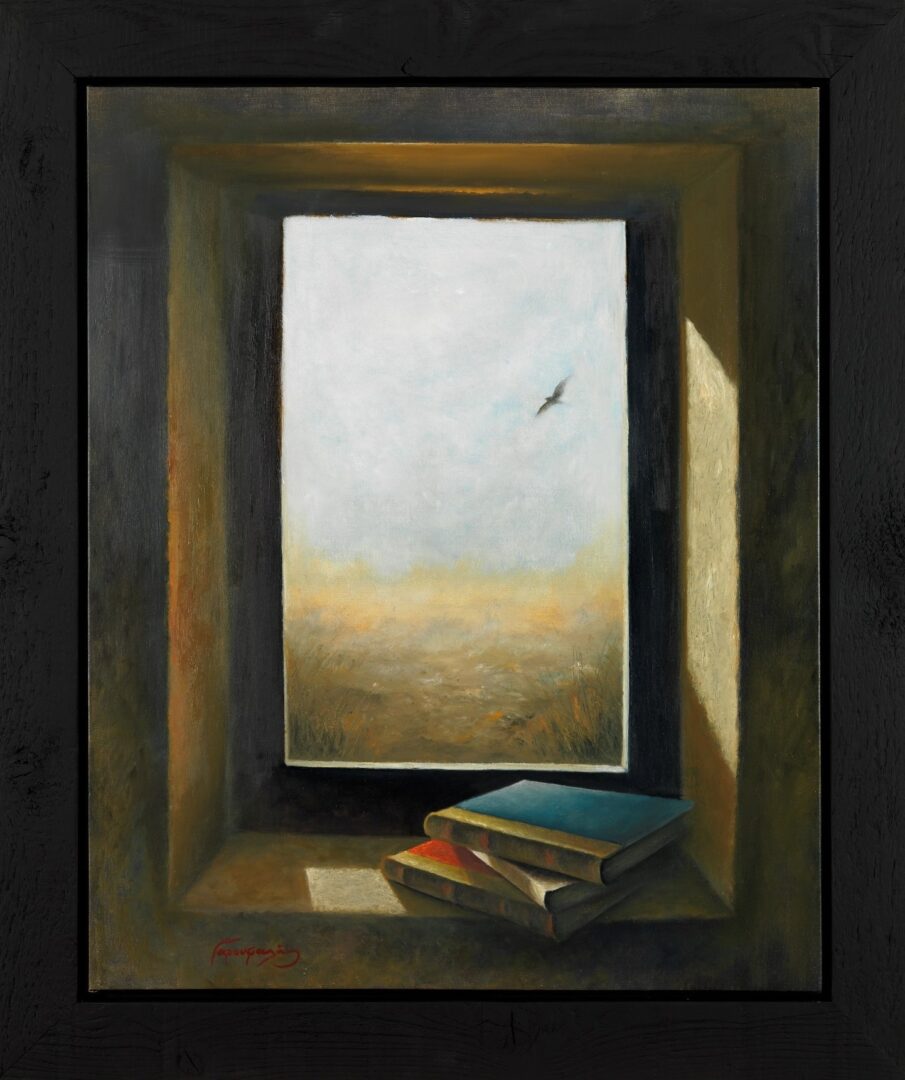
In the coming years, abstraction, as expressed by Periklis Vyzantios and Spyros Vasileiou, seems to be gaining ground. Paris Prekas, Yiannis Migadis and Demosthenis Kokkinidis move in the same direction, while Sotiris Sorogas and Christos Garoufalis use abstraction and minimalism to take their subject matter to a symbolic level, highlighting concepts of time and decline, while using light, darkness and shadows.
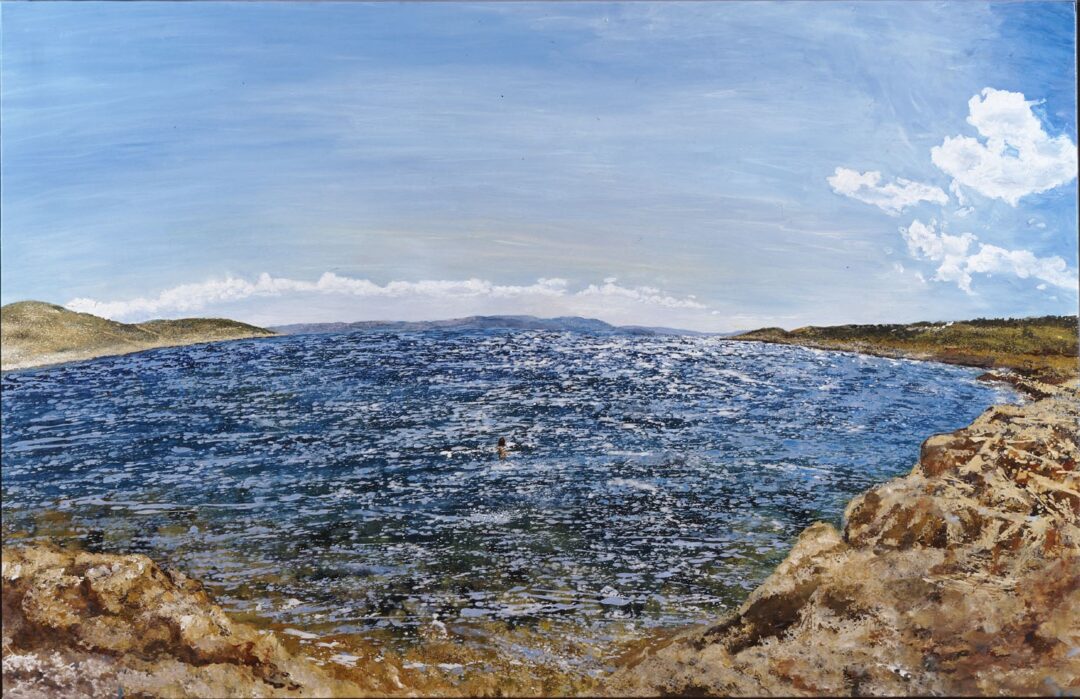
The dilemma between tradition and modernism, between representational and non-representational art will be central in the Greek art scene during the postwar period. This discourse seems to be settling down during the 80s when representational art comes back in a dynamic way as exemplified by painters such as Thodoros Manolides, Maria Filopoulou, Chryssa Verghi, Irene Kana and Dafni Angelidou who highlighted the bright light, as the defining element of the Greek landscape.
Read more: “I was and I remained a scholar and a student“ at the Yannis Tsarouchis Foundation; Creative Greece | Sotiris Sorogas “Art is the breath of the lonesome”
D.T. (Intro Image: Dion, the city below the water, Chryssa Verghi; All paintings ©Art Collection of the Hellenic Parliament)
TAGS: ARTS

